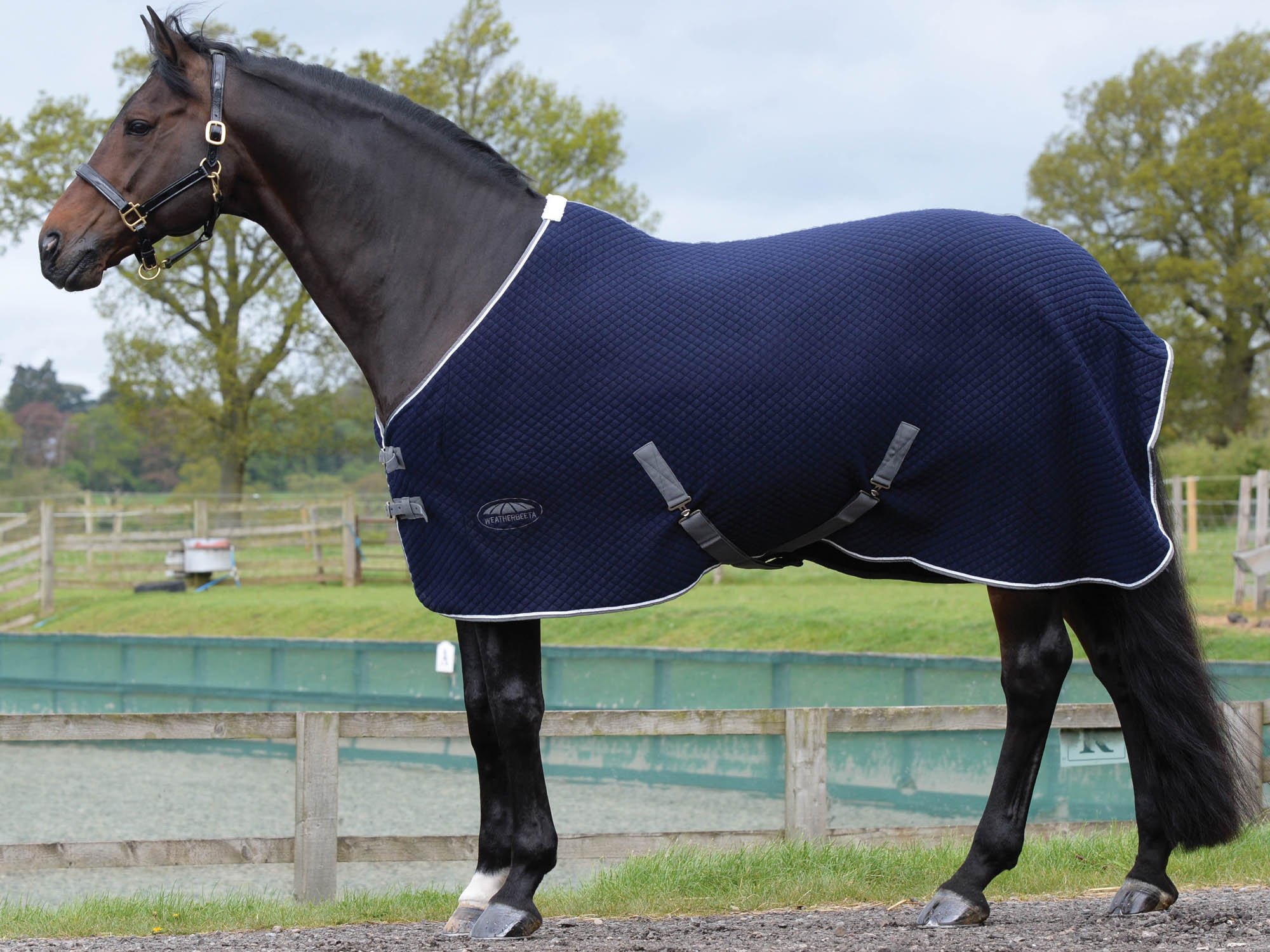
Autumn can be an unpredictable time of year in terms of weather and with considerably fluctuating temperatures, with a chill in the air in the early morning and warming up considerably later in the afternoon, it’s difficult to know if your horse requires a rug or not.
When it’s a bit cooler, we can be fooled into thinking if we’re cold, our horses must be, yet this is simply not the case. Horses are extremely well versed at regulating their own body temperature (thermoregulation) and can easily tolerate lower temperatures than us humans.
All too often, this can lead owners to unintentionally over-rug their horses and can result in some serious and unnecessary health complaints. In fact, the health problems associated with your horse being too hot are far greater than any potential impacts of being too cold.
Instinctual Behaviour
Although domesticated, your horse’s biology has remained mostly unchanged and like its wild ancestors, your horses’ body is built to survive through a range of weather conditions.
Horses instinctually change their behaviour to adjust to their environment. For example, when they’re too hot they will naturally seek the shelter of the trees and sweat. Horses who are cold will move around, graze more and gather together to keep warm.
Impacts of Over-Rugging
Horses can warm up far quicker than they can cool down. Therefore, if they can’t cool themselves down because of an external rug, they can quickly overheat and suffer the effects of heat stress and potential heat stroke. This can lead to further problems such as loss of appetite and subsequent weight loss.
Furthermore, when a horse is too hot it will naturally lower its metabolism and eat less. Over time, this can result in significant weight loss, lowered immune response and increased risk of Laminitis.
Preventative Action
Thankfully, this is a problem that can be easily avoided by following some simple guidelines.
Your horse can withstand varying temperatures between 5°C and 25°C and even in winter, they can adapt to temperatures as low as -15°C.
Shelter
Ensuring your horse's environment has plenty of sheltered spots, where they can seek protection from the elements can be a great way to avoid the need for a rug in the autumn. If your horse is either too hot or too cold without a rug, it can at least seek shelter or huddle with others.
Lightweight Options
If temperatures are likely to dip to below 5°C in the Autumn, if you must use a rug, the safest option is to use lightweight turnout rugs rather than heavy ones.
Decision-Making Considerations
There are a few elements to consider when making your decision as to when to use a rug on your horse.
Clipped or Unclipped
Whether or not your horse is clipped will help determine when you might need to use a rug as unclipped horses will be able to withstand colder conditions. Whereas clipped horses may feel the cold more.
In or Out
Stabled horses don’t have the room they need to move around. As horses expend energy to keep warm and with the restriction of the stable, they’re unable to regulate their body temperature in this way. Therefore, your horse is more likely to need a lightweight rug in lower overnight autumn temperatures if it's stabled.
Over or Underweight
The weight of your horse will have a direct impact on its ability to tolerate different temperatures. The slimmer your horse is, the more likely it will be to feel the cold. Therefore, a slimmer horse is more likely to need a rug in lower temperatures.
Article Written for Equestrian Escapes By Gemma Brown
05/11/2018
sarahcaplan